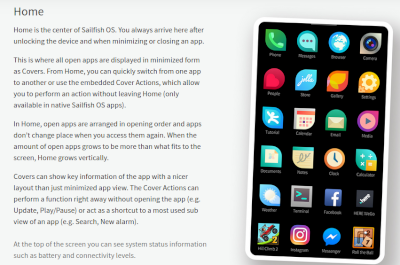The image beside “Home”, on UX Framework page, shows app drawer instead of Home. My guess is that this is a mistake?

2 Likes
The image beside “Home”, on UX Framework page, shows app drawer instead of Home. My guess is that this is a mistake?
